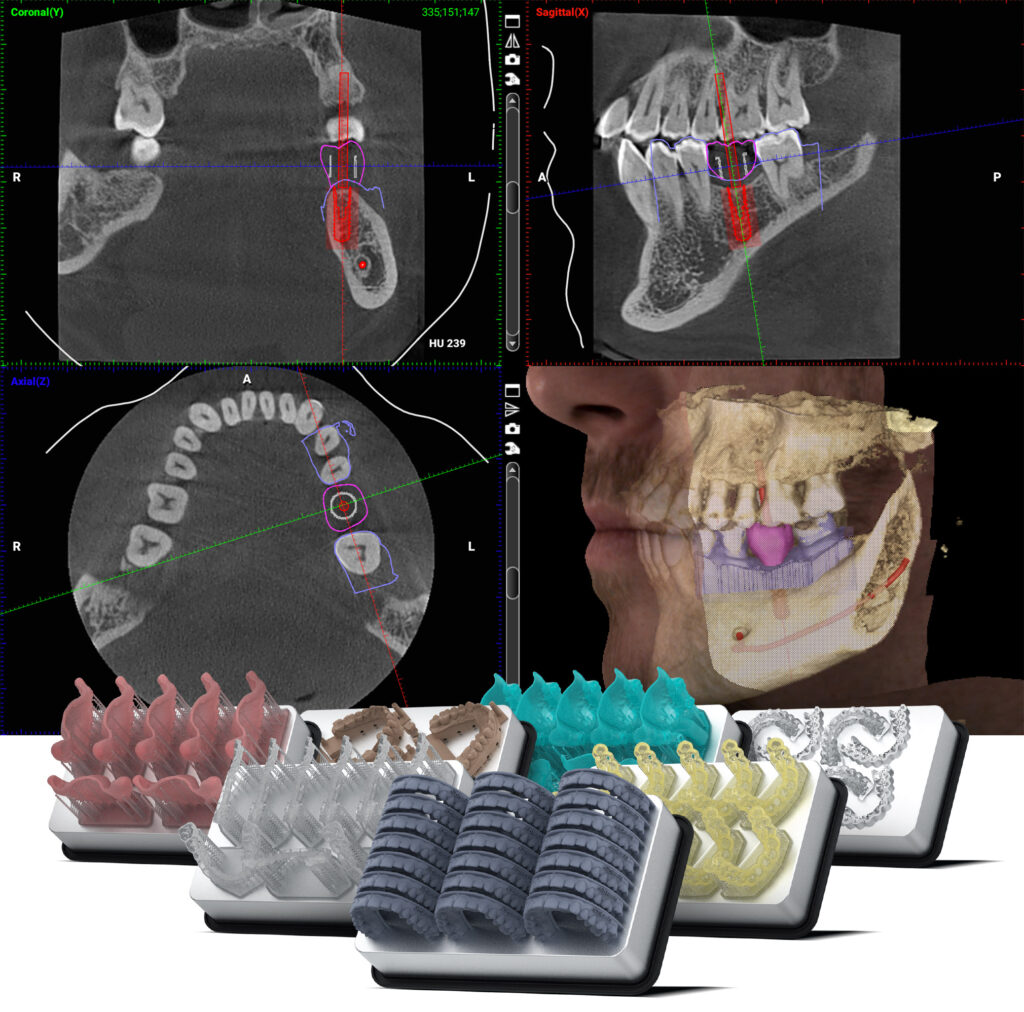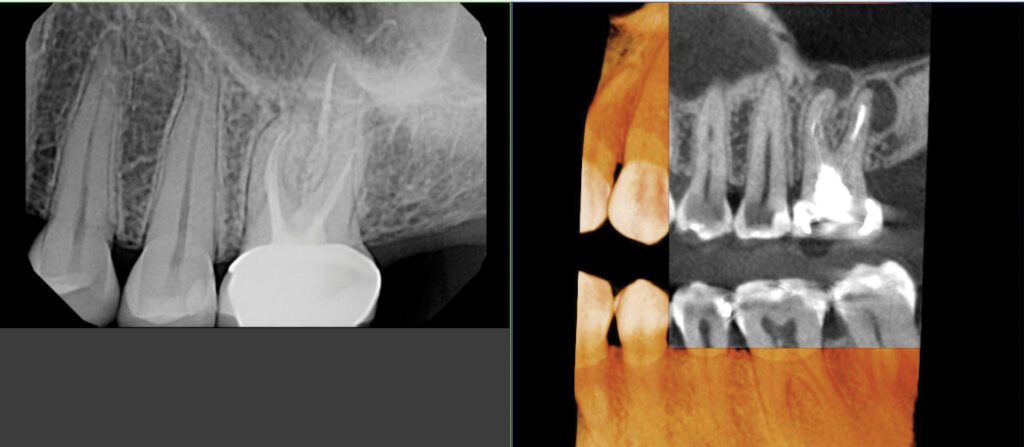Ways to increase efficiency and add procedures
With inflation increasing overhead and staffing shortages being a reality for the foreseeable future, your dental practice has two options: add additional procedures or implement more efficient processes. In fact, many dental CPA and consulting firms are projecting that practice overhead will rise by anywhere from 5% to 8% in 2022. And according to WEAVE, 48% of dental offices in a July 2020 survey say they were short-staffed. To overcome these ongoing shortages, 41% of healthcare practices are now investing in new technology to help compensate for staffing limitations.
In a July 2021 ADA survey, the top four technologies that dentists believe would “have a transformative impact on their practice this year” included: 1) intraoral scanners (55%), 3D printing (50%), imaging (40%), and CAD/CAM (36%). These technologies can help improve your overhead through increased efficiencies and add to the bottom line with additional procedures.
It is becoming more difficult to show a profit in a restorative only practice. Whereas GPs providing implant services reported an average income of $355,570 (median $275K), those not providing implant services reported an average income $242,558 (DE survey, January 2022). The key to adding implant, endodontic, and other surgical procedures to your practice is case selection. I like to say “wash your hands of the difficult case before you get your gloves wet” or “stay in the lane you feel comfortable driving in.” Technology helps you stay in your lane with enhanced diagnostics. Patients would prefer to stay in your practice for those procedures if possible. We found that when surgically minded GPs practice careful case selection, referrals to specialists typically go up.
CBCT imaging is the most comprehensive tool for adding procedures and efficiencies by providing predictable diagnostics. For example, with the advancement of low-dose 3D imaging, the concept of a 3D PA (replacing a PA for diagnosis) is often a better clinical choice. According to a study from Clinical Research 2017, 50% of small volume scans found asymptomatic abnormalities. Studies of large FOV CBCT scans show the prevalence of incidental finding to be greater than 90%. During 3D training, we often find these infections and other asymptomatic issues on the scans. The direct connection between oral health and overall systemic health emphasizes the importance of early diagnosis. “If you can’t see it, you can’t treat it.” and empower your staff to perform procedures they can get excited about — while adding to the profitability and efficiency of your practice. IO scanners can be a simple scan-and-send (to your lab) or a full design with CAD/CAM. Many systems offer their version of design software, so be sure to evaluate how that lines up with the services you would like to provide in your practice.

Sample of 3D-printed dental applications and STL integrated with DICOM for surgical guide design.
Arguably, 3D printing is the easiest way to improve efficiencies and add services. You can now print nightguards, temporaries, surgical guides, full models, denture teeth, and more with the advancement in resins. Plus, the cost to design and print a nightguard is under $40 and if the patient loses the appliance, you can easily reprint for $10 in materials. Simply scan, design, print, and deliver. Occlusal guard presentation tips are available from Burkhart’s Practice Support Team (PST).
Your trusted dealer partner will work with the manufacturer to set up training for you and your staff within days of your install. At Burkhart, we provide additional services to ensure proper implementation of your investment. Burkhart’s PST provides a specific technology training manual that is a useful reference after your initial training. The manual covers
topics like teamwork, return on investment, training, scheduling, fees and billing protocols, and coding as well as how to market your new technology.
Surgical guides are amazing tools to overlay your cone beam (hard tissue) with your IO scan (soft tissue) for restorative and implant-driven surgical planning. With this technology, you can digitally plan your case and have a surgical guide giving you the confidence to add these procedures to your own practice.
As a Technology Specialist for Burkhart, I’ve seen many dentists, since COVID-19, selling or retiring early due to lack of profitability and staffing challenges. The doctors purchasing these practices often reach out to me looking to add 3D technology, intraoral scanning, and/or 3D printing. If the purchasing doctor does not currently own a practice or has not in the past, they often cannot obtain a loan to add technology for at least two to three years. The conversation frequently comes up about whether selling doctors should purchase technology before they sell, like adding a new roof on a house before it goes on the market. If your practice is not digital with intraoral and extraoral 2D radiology, you should consider upgrading before listing your practice. If you can benefit from 3D and IO scanning during the last few years of owning the practice, this may be a good option. There is often a tax write-off while you enjoy new technology and have a high-tech office to entice a future buyer.
After 26 years with Burkhart, my favorite part of my role as a Technology Specialist is providing pertinent technology equipment that helps doctors grow their practice and rejuvenates their excitement in dentistry. It is especially rewarding after having an initial discussion with a struggling new dentist, then visiting with them five to 10 years down the road in a very productive healthy practice.
At Burkhart, we are here to help our clients in any way we can, and truly partner with you. Burkhart is family-owned with Lori Isbell Burkhart, our fifth-generation president. Burkhart was founded by a dentist in 1888 by Dr. William E. Burkhart right here in Washington State. Our mission statement stands true with everyone at Burkhart: Integrity, Knowledge, and Client Success. At Burkhart, we represent most of the manufacturers and take the time to find the equipment that will best fi t your needs. We look forward to the opportunity to work with you and for all our clients in Washington, we truly appreciate your business and relationships built over the years.
We have several Account Managers, Equipment Specialists, and Service and Technology Technicians in your area to serve you. As the Technology Specialist for the Western Washington area along with my colleague, Joe Erbaugh, the Clinical Digital Specialist for the Eastern Washington Area, we hope this article has been helpful. We would enjoy the opportunity to connect with you to help in any way we can. If you would like copies of the referenced materials, please email Joe Martin or Joe Erbaugh.
Written by Joe Martin in collaboration with Margaret Boyce-Cooley and Joe Erbaugh
Published in Catalyst – Q2 2023.
Category: Technology
Back to Articles